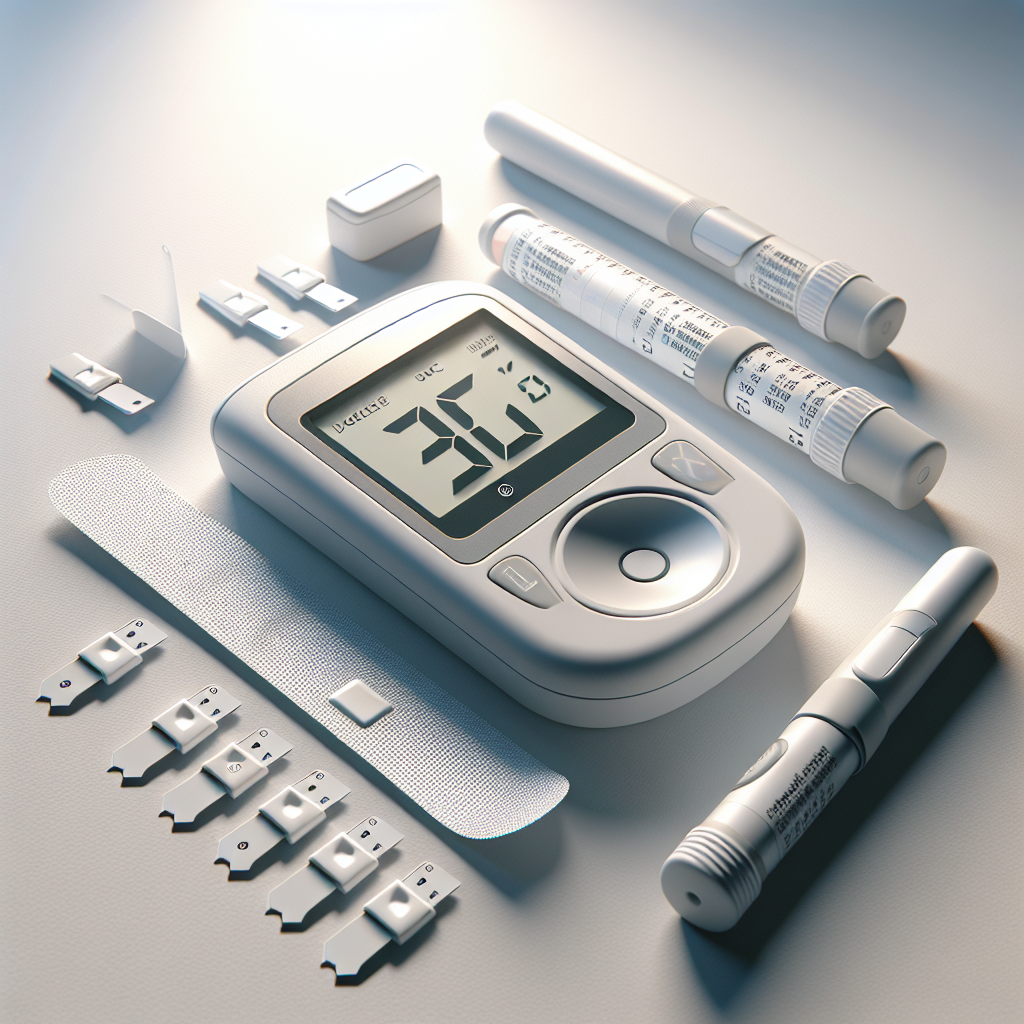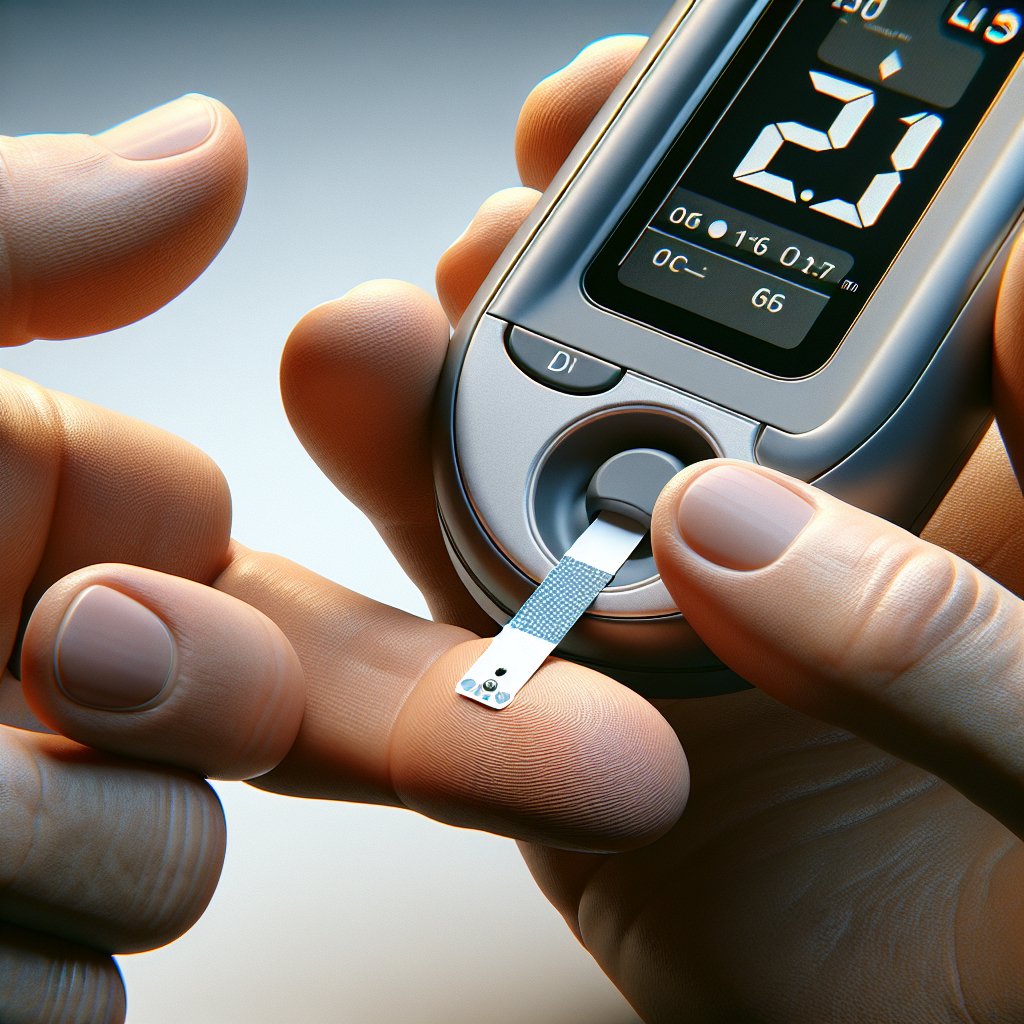Living with diabetes requires diligent monitoring of blood glucose levels, and diabetes test strips play a crucial role in this process. These small, disposable strips are used with a blood glucose meter to measure blood sugar levels, providing valuable insights for managing the condition. By understanding how to use these strips effectively, individuals can ensure better control over their diabetes, preventing complications and improving their quality of life.
It's important to recognize that not all diabetes test strips are created equal. Different brands and types may offer varying levels of accuracy, ease of use, and compatibility with different glucose meters. This means that choosing the right test strips is critical for reliable blood sugar monitoring. Factors such as insurance coverage, cost, and personal preferences also come into play when selecting the best option for your needs.
At Cart Health, we are dedicated to offering a wide range of diabetes test strips to cater to diverse needs. If you need a specific product and we don't carry it, we'll find it for you. Order online here for convenient shopping and fast delivery!
Importance of Diabetes Test Strips

Diabetes test strips are more than just a tool; they are a lifeline for individuals managing diabetes. The significance of these strips lies in their ability to provide immediate feedback on blood glucose levels, which is essential for making informed decisions about diet, exercise, and medication. Consistently monitoring blood sugar levels helps in identifying patterns and trends, enabling better management of the condition.
One of the primary benefits of using diabetes test strips is the prevention of *hyperglycemia* (high blood sugar) and *hypoglycemia* (low blood sugar). Both conditions can lead to severe health complications if not addressed promptly. By regularly checking blood sugar levels, individuals can take corrective actions to maintain their levels within a safe range. This proactive approach significantly reduces the risk of complications such as nerve damage, kidney disease, and vision problems.
Moreover, diabetes test strips empower patients to take control of their health. The data obtained from these strips can be shared with healthcare providers, facilitating more personalized and effective treatment plans. This collaborative effort between patients and healthcare professionals ensures that diabetes management is tailored to each individual's unique needs, ultimately leading to better outcomes.
In summary, the importance of diabetes test strips cannot be overstated. They are an indispensable tool for anyone living with diabetes, offering valuable insights and helping to maintain optimal health.
How to Use Diabetes Test Strips
Proper usage of diabetes test strips is crucial for obtaining accurate readings, which are essential for effective diabetes management. Here’s a step-by-step guide on how to use these strips correctly:
- Wash Your Hands: Before testing, ensure your hands are clean and dry. Any residue or moisture can affect the accuracy of the reading. Use warm water and soap, then dry thoroughly.
- Prepare the Glucometer: Insert the diabetes test strip into your glucometer. Ensure it is correctly positioned as per the device’s instructions.
- Lance Your Finger: Use a lancet to prick the side of your fingertip. The side is less painful and provides a sufficient blood sample. Some glucometers also allow for alternative site testing, such as the forearm.
- Apply Blood Sample: Gently squeeze your fingertip to get a small drop of blood. Carefully touch the edge of the test strip to the blood drop, ensuring the strip absorbs the required amount.
- Read the Result: Wait for the glucometer to analyze the blood sample. This usually takes a few seconds. The result will be displayed on the screen, showing your current blood glucose level.
- Record and Act: Document the reading in your logbook or diabetes management app. Based on the result, take any necessary actions such as adjusting your diet, insulin dosage, or physical activity.
- Dispose of Materials Safely: Properly dispose of the used lancet and test strip. Use a sharps container for the lancet to prevent needle-stick injuries.
By following these steps meticulously, you ensure that your readings are as accurate as possible, which in turn, helps in better managing your diabetes.
Different Types of Diabetes Test Strips

Diabetes test strips are not one-size-fits-all; there are several types available, each designed to meet different needs and preferences. Understanding the differences can help you choose the right one for your specific situation.
1. Glucose Oxidase Strips: These are the most commonly used test strips. They contain an enzyme called glucose oxidase, which reacts with glucose in the blood. The reaction produces an electrical current that the glucometer measures to determine your blood glucose level. These strips are generally accurate and widely available.
2. Glucose Dehydrogenase Strips: These strips use the enzyme glucose dehydrogenase. One advantage is that they are less affected by oxygen levels in the blood, making them more accurate in certain conditions. They can also measure a wider range of glucose levels.
3. Ketone Test Strips: While not specifically for glucose, ketone test strips are crucial for people with diabetes, especially those with Type 1. These strips measure the level of ketones in the blood, which can indicate diabetic ketoacidosis, a potentially life-threatening condition.
4. Multi-Parameter Strips: Some advanced test strips can measure multiple parameters besides glucose, such as ketones, cholesterol, and hemoglobin. These are particularly useful for people who need to monitor several health indicators simultaneously.
5. Continuous Glucose Monitoring (CGM) Sensors: Although not test strips in the traditional sense, CGM sensors provide continuous monitoring of glucose levels. They are inserted under the skin and provide real-time data, which can be crucial for those who need to closely monitor their blood sugar.
Choosing the right type of diabetes test strip depends on various factors, including your specific medical needs, the type of diabetes you have, and your lifestyle. Always consult with your healthcare provider to determine the best option for you.
Factors to Consider When Choosing Test Strips

Selecting the right diabetes test strips is crucial for effective diabetes management. There are several factors to consider to ensure you make an informed choice that best suits your needs.
1. Compatibility: Not all test strips are compatible with all glucometers. Ensure the test strips you choose are designed to work with your specific glucometer model. Compatibility is fundamental to obtaining accurate readings.
2. Accuracy: The accuracy of your test strips is paramount. Look for strips that have been FDA-approved and have good reviews regarding their precision. Inaccurate readings can lead to improper diabetes management, which can have serious health consequences.
3. Cost: The price of test strips can vary widely. It’s essential to find a balance between cost and quality. Sometimes, purchasing in bulk can reduce the per-strip cost. Also, check if your insurance covers specific brands, which can significantly lower your expenses.
4. Ease of Use: Some test strips require a smaller blood sample and provide faster results. If you test your blood sugar frequently, ease of use can be a significant factor. Look for strips that are easy to handle and read.
5. Availability: Ensure that the test strips you choose are readily available and not discontinued frequently. Consistent availability can save you the trouble of switching brands and recalibrating your glucometer.
6. Special Features: Some test strips come with additional features such as smartphone connectivity, which allows you to track your readings more effectively. Others might have coding or no-coding requirements, which can affect ease of use.
Considering these factors can help you select the most suitable test strips for your diabetes management routine. Always consult with your healthcare provider to ensure the test strips you choose will meet your medical needs effectively.
Tips for Storing and Handling Test Strips

Proper storage and handling of diabetes test strips are critical to ensure their accuracy and longevity. Here are some essential tips to keep in mind:
1. Store in a Cool, Dry Place: Test strips should be stored in a cool, dry environment. Avoid exposing them to extreme temperatures or humidity, as these conditions can affect their accuracy. A temperature-controlled room or a dedicated medicine cabinet is ideal.
2. Keep in Original Packaging: Always keep your test strips in their original packaging until you are ready to use them. The packaging is designed to protect them from environmental factors that could compromise their effectiveness.
3. Avoid Contamination: Ensure your hands are clean and dry before handling test strips. Any dirt, moisture, or residue can contaminate the strips and lead to inaccurate readings. Using clean, dry hands can help maintain their integrity.
4. Check Expiration Dates: Test strips have expiration dates printed on their packaging. Using expired strips can result in incorrect blood glucose readings. Regularly check the dates and use the oldest strips first to minimize waste.
5. Seal Tightly: After opening a new container of test strips, always reseal it tightly after each use. This helps prevent exposure to air and moisture, which could degrade the strips over time.
6. Avoid Direct Sunlight: Exposure to direct sunlight can damage test strips. Keep them in a shaded area, away from windows or any direct light sources.
By following these storage and handling tips, you can ensure the optimal performance of your diabetes test strips, leading to more accurate and reliable blood glucose readings. Order online here for convenient shopping and fast delivery! Visit our store at Cart Health to find the best diabetes test strips for your needs.









